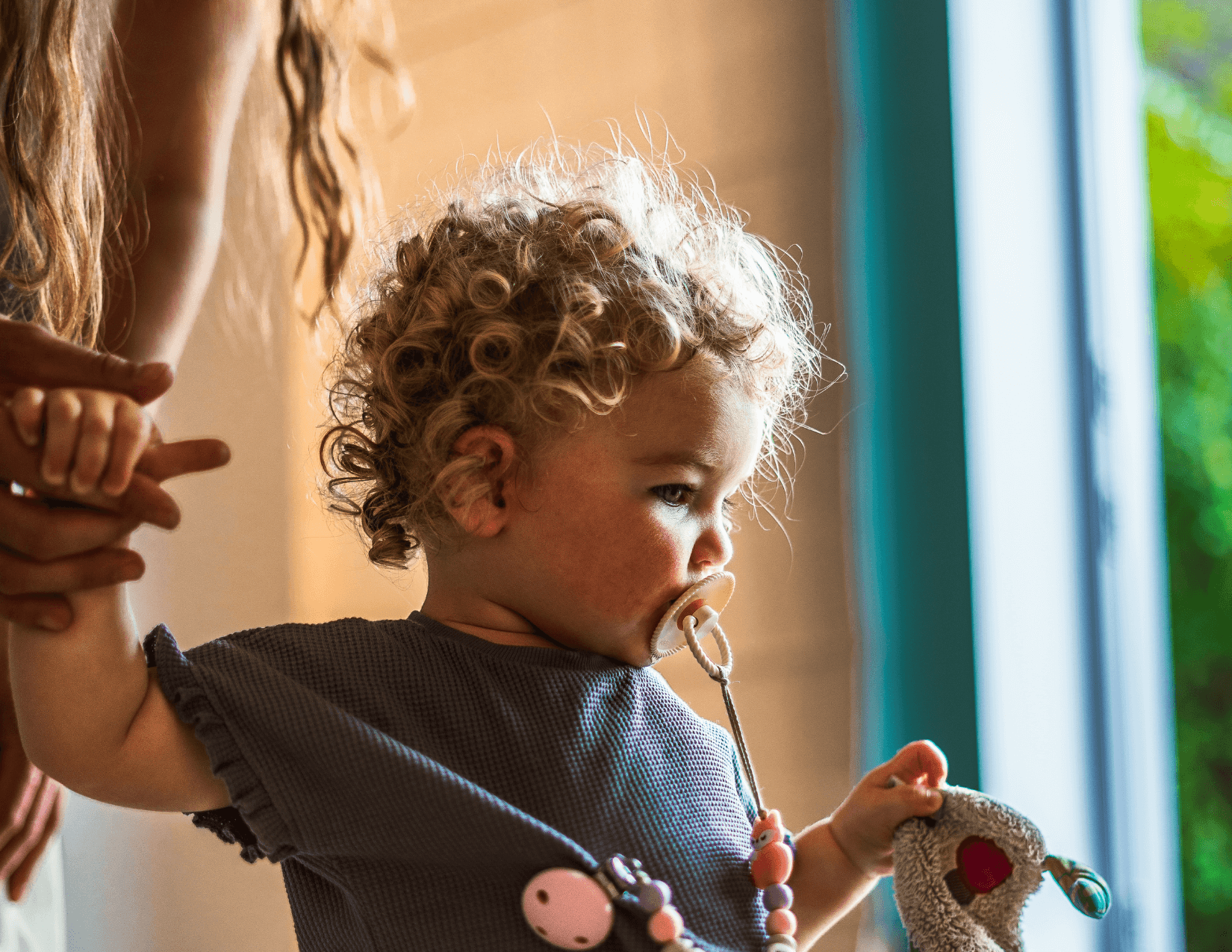
What Does A Postpartum Doula Actually Do?
Welcoming a new life into the world and stepping into motherhood is an exciting, powerful time, but it’s not without its challenges. After spending months preparing for the arrival of your baby and going through childbirth, the “fourth trimester” begins (the first 12 weeks postpartum). It can be overwhelming to navigate your new role as the mother of an infant, especially as your body is still recovering, which is why a postpartum doula can be incredibly helpful during this time. According to the International Childbirth Education Association (ICEA), a postpartum doula is someone who provides physical, emotional, and informational support to a woman and her family during the postpartum period. While a birth doula assists with the birthing process, a postpartum doula steps in once birth has already happened (though sometimes this role can be fulfilled by the same person). In this article, we’ll walk you through how a postpartum doula can offer you and your family members postpartum support, the average cost of hiring one, and what to ask when meeting with potential doulas, so you can make a decision that feels right for you. Postpartum Doula Responsibilities “A postpartum doula is a trained support person offering families guidance, nutrition, education, confidence, information, and physical/emotional support,” says Sarah Barnett, postpartum and infant care doula. “The role of a postpartum doula is to provide in-home visits that create an environment of nurturing, healing and encouragement for families during the postpartum phase.” The ICEA identified 11 domains of postpartum care that postpartum doulas can assist with. They include: What does this professional support look like in practice? Barnett says it can take many forms, including hands-on assistance with infant feeding, teaching, and providing infant care such as bathing, changing, and soothing, and practical household assistance such as laundry, nourishing meal or snack prep, and light cleaning. Additionally, a doula can support a new mom’s emotional and physical recovery from birth by sharing evidenced based information about postpartum recovery and referrals to appropriate healthcare providers, Barnett says. How much time a postpartum doula spends with a family varies depending on the family’s needs and preferences. You might employ one for only one or two visits, or have them come regularly over your first three months postpartum. Doulas can work daytime shifts, overnight shifts, or some combination. Postpartum Doula Benefits About 1 in 8 women experience postpartum depression, and a postpartum doula can be a supportive presence while you’re at risk by providing critical, practical, and emotional support. If you do start to show early signs of depression, a postpartum doula can identify these and help you get the support you need. “A doula is your nonjudgmental guide to navigating life with a new baby or babies,” says Barnett. “[They] offer strength and an understanding of the lonely work you are doing.” A postpartum doula can also help both parents develop a sense of self-confidence as they navigate their new roles. By offering skills and strategies to help you bond with your baby, you can grow more confident in your parenting abilities. Additionally, while research is limited, at least one study has shown the positive effects a postpartum doula’s support can have on successful breastfeeding. At its best, a relationship with a postpartum doula offers you an extra set of hands, practical information about infant care and recovering from birth, and emotional support that can help you prioritize your own mental health. Some people describe a postpartum doula’s role as “mothering the mother”. “It’s the attuned care that leaves you feeling lighter on the inside,” says Barnett. What Does a Postpartum Doula NOT Do? A postpartum doula is not a medical professional, so they should not offer medical advice or provide any medical care or procedures. They should also not act as a therapist or psychiatrist and attempt to treat depression. Additionally, a postpartum doula does not prescribe a specific parenting approach. They should offer unbiased, evidence-based information, and always leave parenting decisions up to the parents themselves. They should never speak for the parents or child, or come between the family and other professionals. If you find yourself working with a postpartum doula who seems to be overstepping these boundaries, it’s a sign to reassess the relationship and potentially part ways. A skilled, experienced postpartum doula understands the limitations of their work and respects their scope. Average Cost of Postpartum Doulas The International Doula Institute reports that postpartum doulas charge anywhere from $25-$65 per hour, with higher prices found in bigger cities where the cost of living is higher. “Some doulas offer discounts if you book them for a certain amount of hours if you pay in advance or if they are newly trained,” says Barnett. Selecting a Postpartum Doula If you’re interested in finding a postpartum doula, Barnett suggests trying to find one through word-of-mouth referrals from friends, midwives, or healthcare professionals. If this isn’t possible, you can also search for one through online databases like DoulaMatch and DONA International. In your initial conversations with a potential postpartum doula, take the time to get to know them and their background. Ask about their training, certification, and experience. Speaking to a few references the doula has worked with in the past could also give you some peace of mind. In addition to assessing their qualifications, when meeting with a potential postpartum doula you’re also assessing the relationship fit. Ask about their doula philosophy and style, and pay attention to how easily communication flows between the two of you. You want to make sure you have a baseline of rapport before inviting them into your home during such a monumental transition. “A doula enters your life at such a vulnerable time so it’s important to feel safe and connect with them,” says Barnett. Should You Hire a Postpartum Doula? So, should you get help from a postpartum doula during your “fourth trimester”? Ultimately, this is a question you and your family will have to answer together, based on your preferences, needs, and









